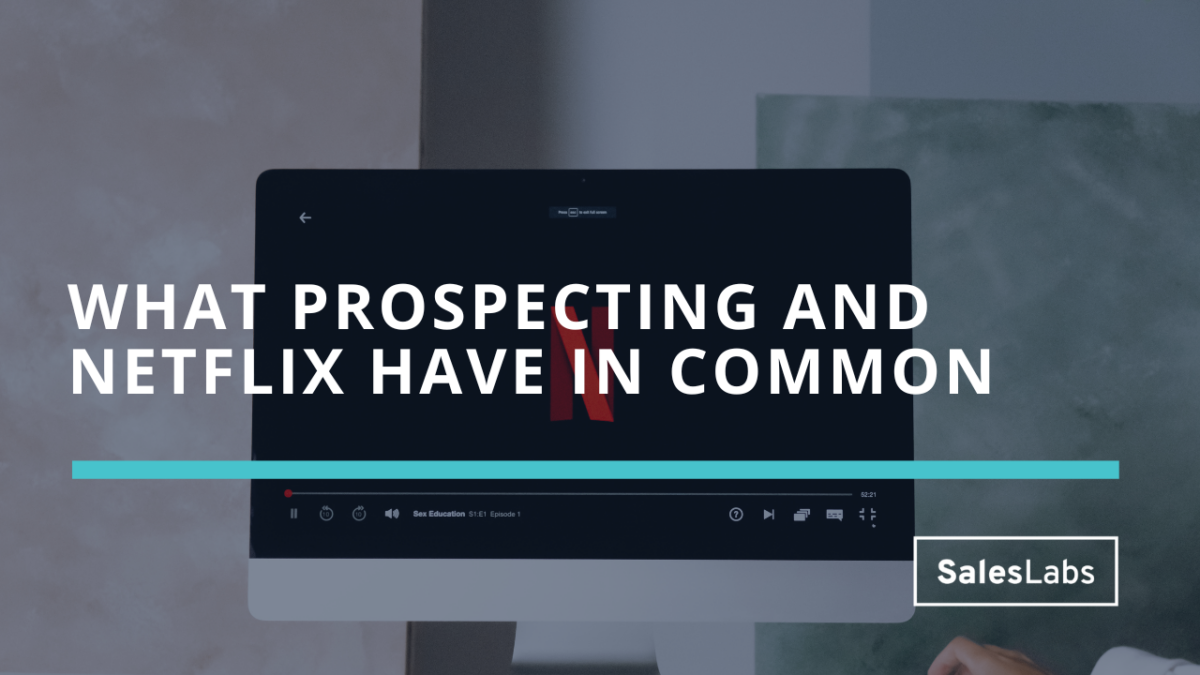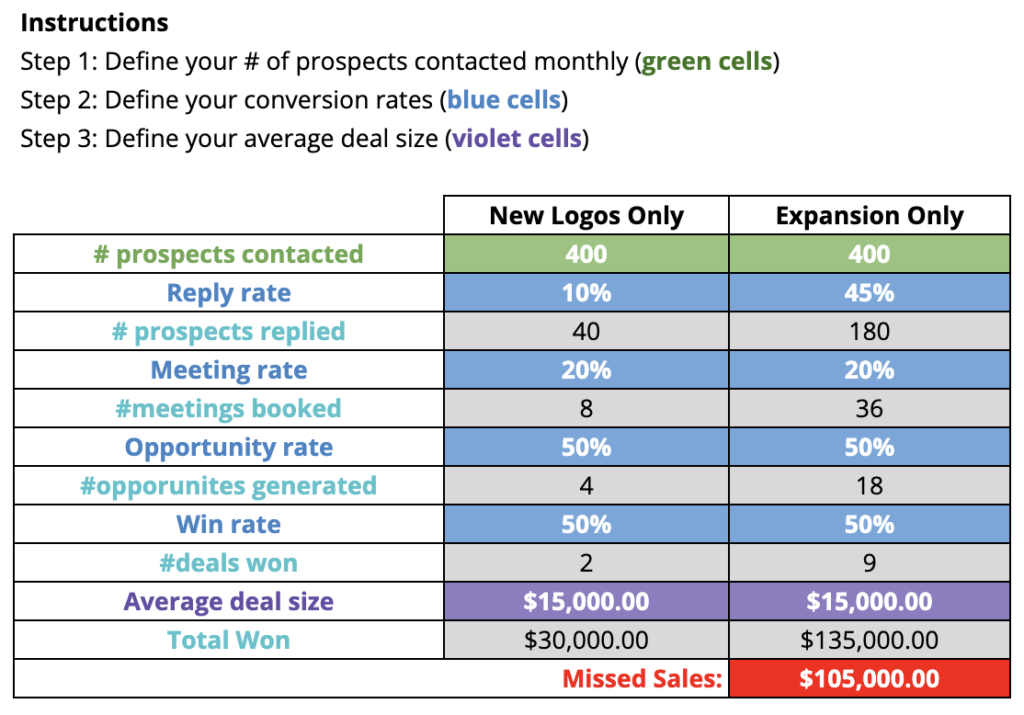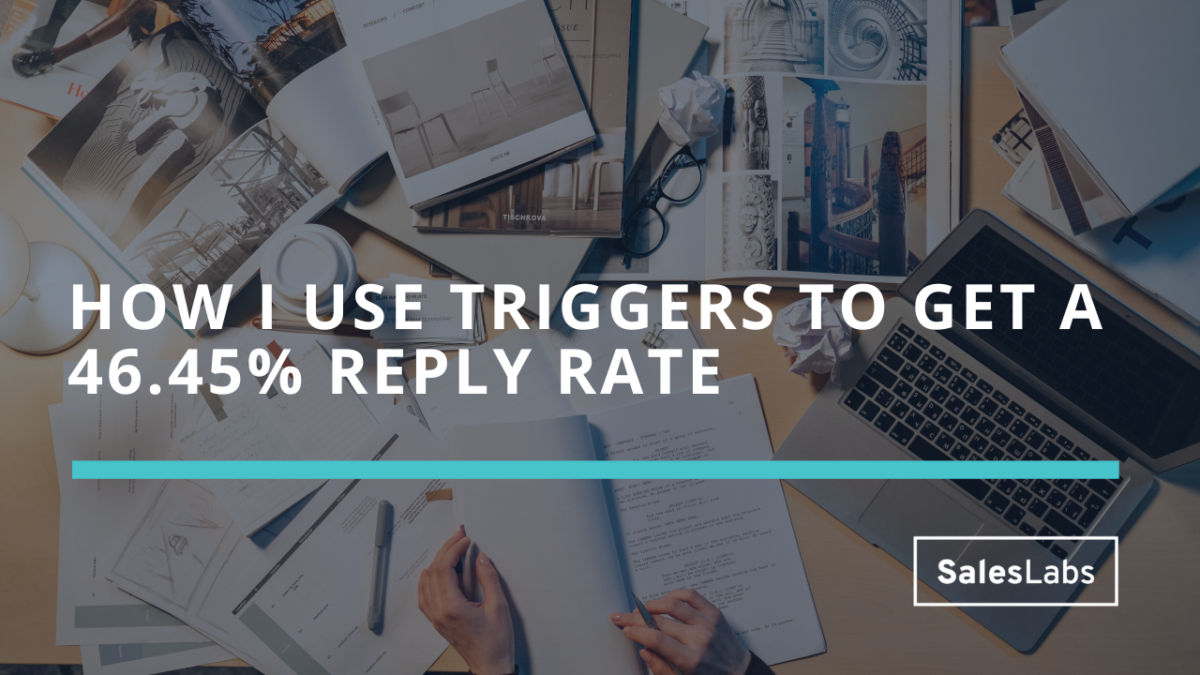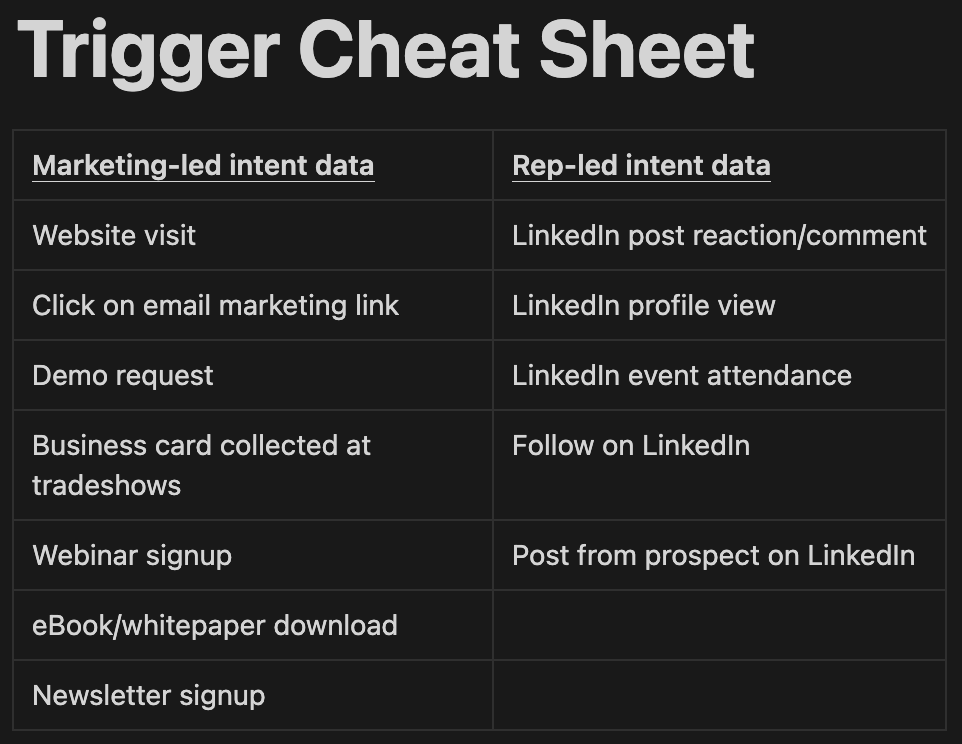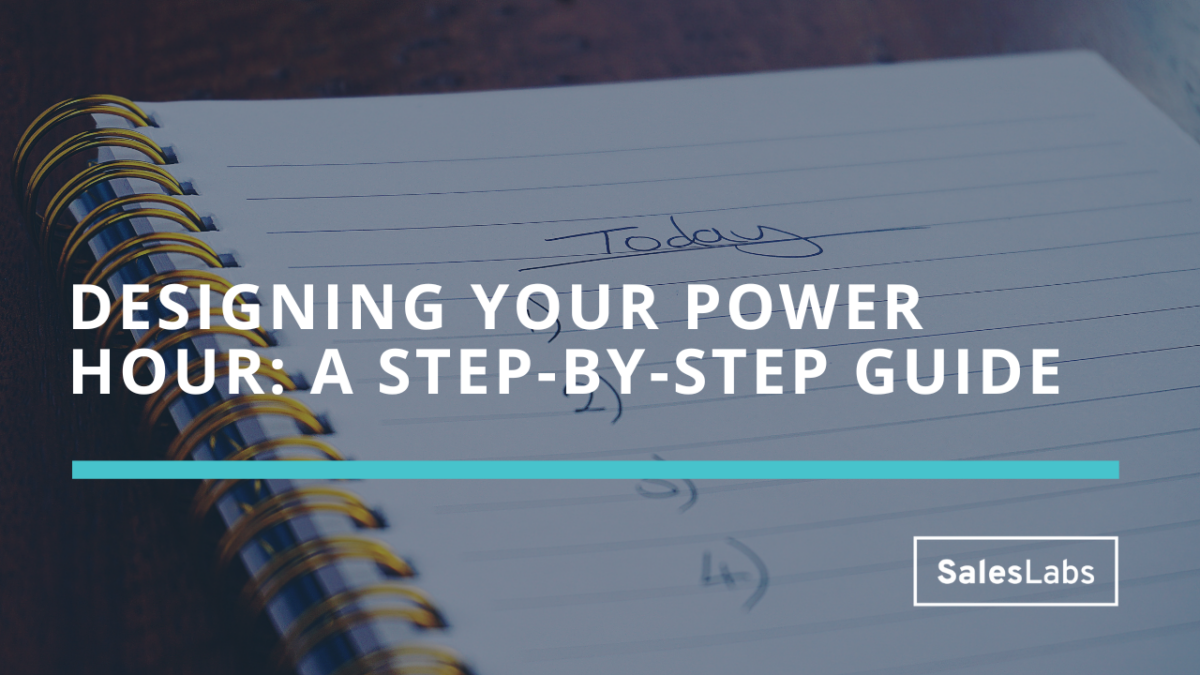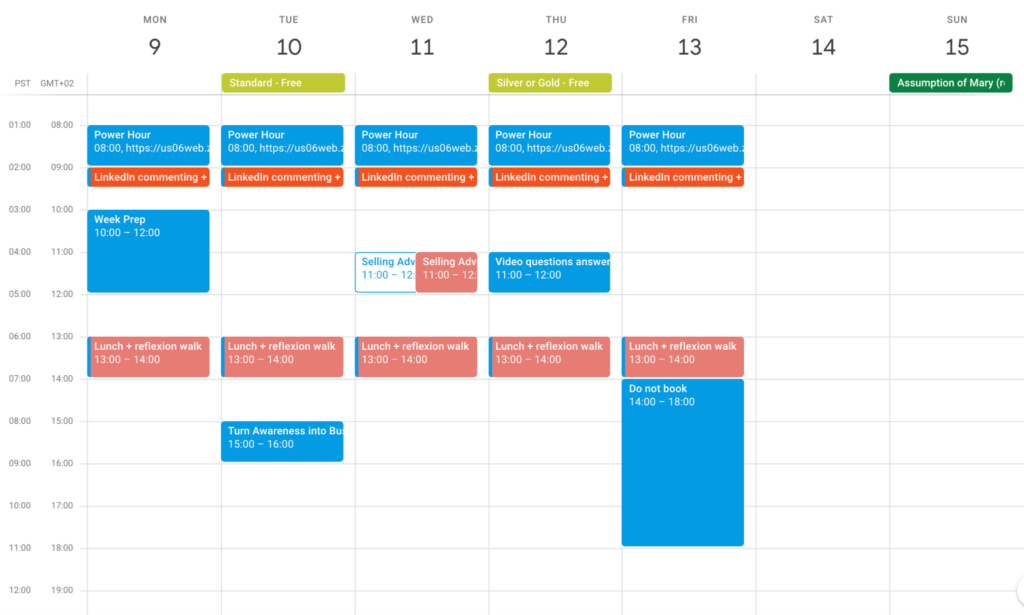The Prospecting Engine is live! Go check how it can help you or your team book more meetings. You can choose to do it yourself, do it with a community of salespeople, or even add some 1:1 sessions with me.
What prospecting and Netflix have in common
In today’s newsletter, I will walk you through an important concept for salespeople. I call it “The Netflix Effect”, and it’s a powerful concept to help you start more conversations, and book more meetings.
It’s important because it will change your focus from trying to book meetings, to starting conversations by using a natural trait of humans: curiosity.
Let’s dive in.
The Netflix Effect
What’s the latest Netflix series you’ve been hooked to?
I’ve been religiously binge watching every season of Love is Blind with my wife, and it came down to one simple reason.
The producers of the show made it impossible to stop watching the show by adding a cliffhanger at the end of each episode.
They build tension by showcasing drama, and they cut to the next episode, right before solving the drama. Will Izzy end up with Johnie? Is Milton actually going to propose to Lydia?
There’s only one way to know – keep watching.
Teasing instead of giving
Here’s how I recommend using the “Netflix effect” when you’re prospecting
- Find a big problem your prospects are faced with every day: What massive problems are these people trying to solve every day?
- List symptoms of these problems: What concrete symptoms these problems create?
- Find resources to alleviate the symptoms: Are there resources you can share to solve these problems?
- Tease the resource into your message: Ask questions about these symptoms, and tease the corresponding resource.
Example: Selling a spend management software
For example, let’s say you’re a rep working at a spend management platform, helping finance teams track their expenses and increase their bottom lines.
Start by following the 4 steps from above:
Find a big problem your prospects are faced with every day: Let’s assume you’re building a prospecting sequence to start conversations with CFOs of B2B tech companies, with a ton of salespeople traveling and spending money to land new customers. A big problem is the considerable amount of expenses generated by the sales team, and the potential for expenses to spiral out of control. It’s a massive headache for a CFO with a tight budget.
List symptoms of these problems: There are tons of symptoms of this massive problem for a CFO. For example, they may do a monthly expense check and see a business class ticket booked by a sales rep, when they are supposed to fly in economy. Another example could be a $1.500+ restaurant bill, when the company limit is $250. You can’t get reimbursed for a restaurant expense like that, and if you work with a lot of salespeople, these T&E expenses can quickly get out of control.
Find resources to alleviate symptoms: Your company should have some free resources to market to your prospect. In our example, an Acceptable Expense Policy template would be incredible valuable to a CFO. They could share this policy and get it signed every quarter by salespeople, as part of their quarterly performance review.
Tease the resource into your message: Here’s an example of a cold message to a CFO:
“Martin, saw you hired over 40 salespeople in 2023 alone.
Curious to know how you’re preventing all these salespeople from spending way too much money on T&E expenses like flights and customer dinners.
If controlling your reps expenses is an issue, I have an Acceptable Expense Policy template you can directly share with your salespeople.
Worth a peek?”
Tying it back to you
If your job involves booking meetings with prospects (it should be if you’re in sales), picking their curiosity is the best way to start conversations. You can do it by listing concrete problems they are trying to solve every day.
Once you’ve done that, list detailed symptoms of these problems, find or build resources to help solve these problems, and include them into your messages.
This approach will help you start many more conversations, by using a trait all humans have – curiosity.
Hope this was helpful.
Cheers,
Thibaut
P.S. When you’re ready, here are 3 ways I can help you:
→ (NEW) Enroll in The Prospecting Engine
→ (NEW) Need to train your team or invite me as a speaker? Book a call here
Subscribe to the Newsletter
Get my free, 4 min weekly newsletter. Used by 5.900+ salespeople to book more meetings and work when, where, and how they want.
Subscribe to the Newsletter
Get my free, 4 min weekly newsletter. Used by 5.900+ salespeople to book more meetings and work when, where, and how they want.
